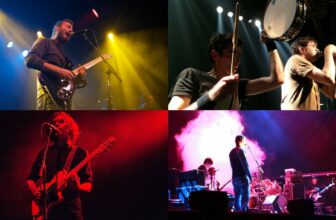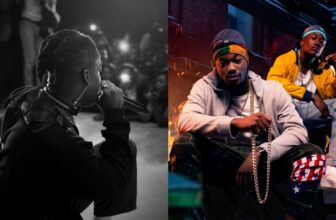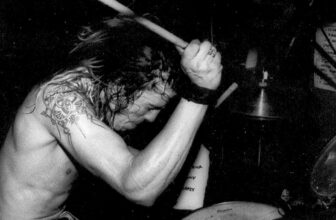A Brief Introduction to Traditional Irish Music
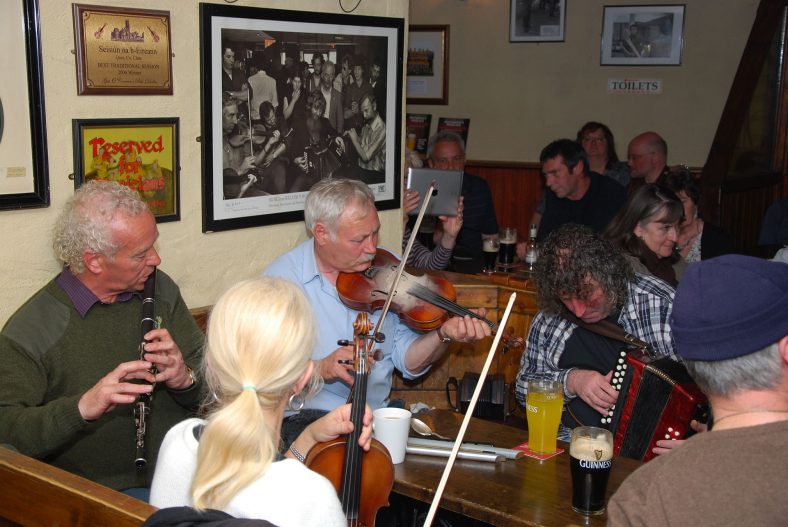
The traditional music of Ireland is known and appreciated worldwide. It is also the foundation of several modern genres. Moreover, its versatility often allowed Irish musicians to fuse it with more contemporary styles.
It is no wonder it has drawn the attention of many music lovers and musicians alike!
Historically, it first bloomed and developed throughout the Middle Age, presenting instruments and composition patterns that we would find in modern Irish music too. For instance, primitive pipes, flutes, and harps were already in use back then.
Some Irish musicians, such as Aaron Scotus (X century) and Donell Dubh Ó Cathail (XV century) became popular and traveled courts and kingdoms, bringing their art beyond their green island.
If you want to experience what is explained in this article, here is a list of playlists and videos to enjoy some Irish Trad Music (and music inspired by it!):
- Irish Celtic Music on Spotify
- Traditional Irish Music compilation on YouTube
- Enya on YouTube
- Celtic Rock playlist on YouTube
Throughout the XVI and XVII centuries, harpists were in high demand and therefore supported by rich patrons. At the same time, the expanding city of Dublin became an early hub for classical music, featuring choirs that would gather and perform at every festive occasion. The music scene was so vivid that the popular German composer Handel chose the Irish capital for the premiere of his oratorio Messiah, in 1742.
Choral music, especially performed in churches, played an important role in the development of Irish musical identity at this point, although the ultimate expression of traditional singing is embodied by solo singers, in the sean-nós tradition.
In the XIX century, the establishing of printers made the diffusion of folk collections, previously transmitted orally, slightly easier. This led to a revival of the folk tradition that still interests many Irish musicians of our time.
The typical instruments
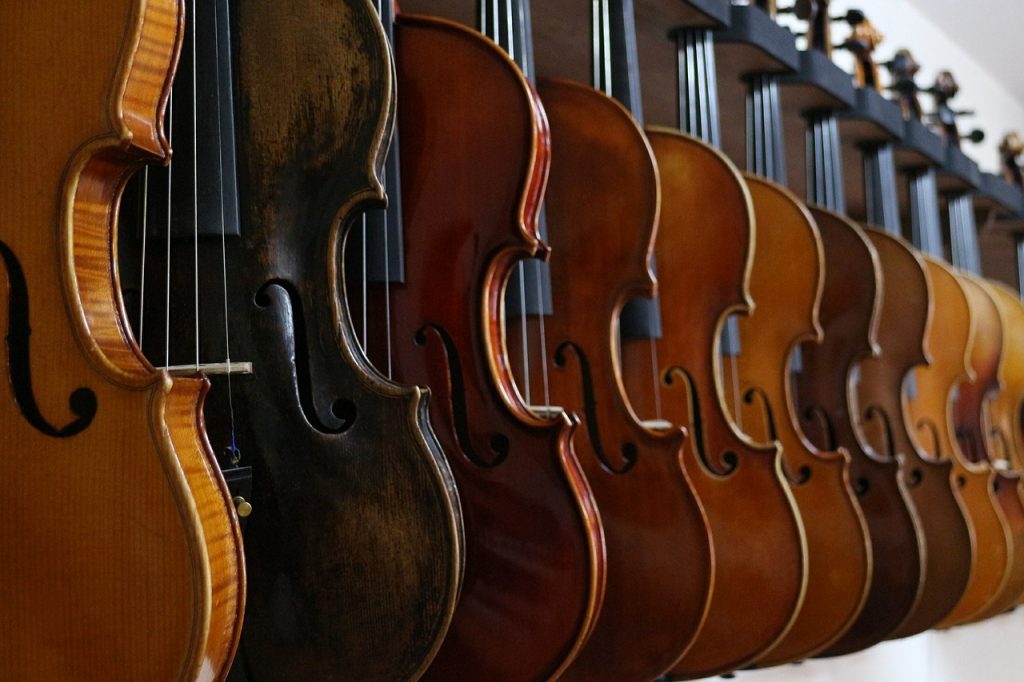
Irish music is very distinctive, mostly because it features a specific set of instruments.
The fiddle is possibly the king of traditional Irish music. It is a classical violin with some modifications, such as the material of the strings, very often made of steel, and the presence of a flatter arch in the bridge.
If the fiddle is king, flutes and tin whistles are strong competitors for the crown! Their presence in traditional Irish music roots back to its very origin, although the metal Boehm system some flutists use on modern instruments dates back to the XIX century.
The Irish flute is usually a conical-bore, transverse wooden instrument in the key of D, often featuring the simple system in use before the introduction of the Boehm system.
The tin whistle, on the other hand, is a fipple flute, very similar to a recorder.
Pipes are also very popular. Uilleann pipes are complex bagpipes and they are often used for solo performances, being able to provide harmonic support to the melody played.
The Celtic harp is another protagonist in traditional Irish music. It presents metal strings and a complicated system of pins. It is difficult to play because of the sustained sound that characterizes it. The harp is such a symbolic feature in Irish culture that is often represented on coins.
Last but not least, the folk tradition of Ireland is also known for its typical percussive instrument: the bodhran. This frame drum is considered an evolution of the tambourine and it is similar to many Middle Eastern percussion instruments.
Some other instruments used in Irish folk music added throughout its developments are the banjo, the acoustic guitar, the accordion, the harmonica, and even the bouzouki.
The human voice is also considered an important instrument, so important that it is often used without any accompaniment.
Sean-nós singing (“old-style singing”) is a simple, yet complex tradition, where a single voice masters the melody and the lyrics.
In later years, other instruments join these ranks such as the button accordion, concertina, etc.
Characteristics
Irish music is modal and it is often in D, therefore many instruments used to perform it are tuned in that specific key.
It is homorhythmic and built around “call and response” patterns usually featuring two sections (A and B).
Reels, typical accompaniment to folk dancings, are usually in 2/4 or 4/4, while jigs are often in 6/8. Slides, typical of the Munster region, are usually in 12/8.
The themes explored in the lyrics are often sorrowful and connected to the pain of leaving Ireland and emigrating or to the loss of a loved one. The tradition of Caoineadh (“lament”) is an example of this tendency. The widely known Irish ballad Danny Boy is another great example.
The importance of music
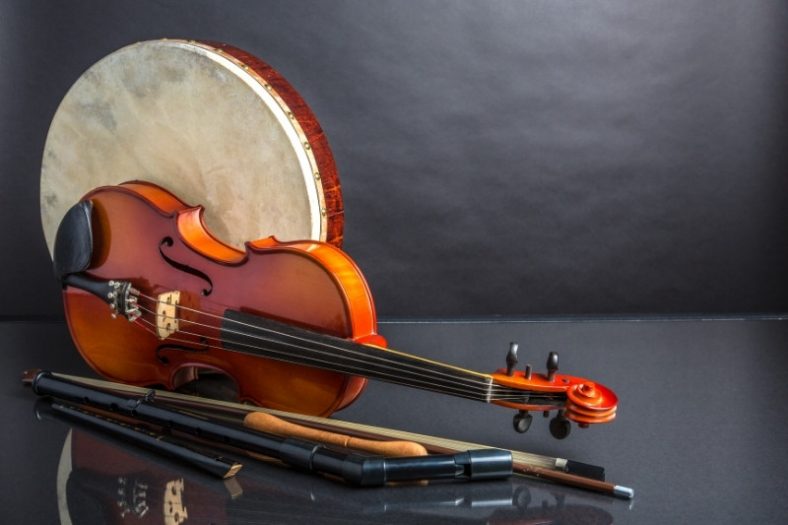
Music has always been very important in Irish culture. As highlighted before, the city of Dublin featured choirs employed to sing at festive events and Caoineadh ballads helped soothe the pain of emigrating.
Since the XIX century, Irish folk music has flourished during spontaneous gatherings at local pubs and bars. These pub sessions continue on, although, in England and Wales, they are less improvised since the emanation of the Licensing Act, in 2005.
Gathering at pubs to have a few drinks and play a few songs has always been a strong Irish tradition that contributed to the growth of folk music.
Evolution
Being music such as an omnipresent element in Irish culture, it is no surprise that many important musicians and rockstars emerged through the streets of Dublin, sometimes reinterpreting the tradition to offer a new sound.
While Irish music strongly influenced genres such as country and rock, it also gave inspiration to Electronic and New Age artists like Enya, one of the pioneers of Celtic fusion.
Celtic rock, another branch of it, officially made its appearance in 1969, when the Irish band Thin Lizzy published their version of the traditional tune Whiskey In The Jar. It later evolved into subgenres such as Celtic metal and Celtic punk, proving the versatility of the Irish musical heritage.
Other widely known bands and rockstars such as U2, The Cranberries, and Sinead O’Connor brought on the Irish musical tradition enriching it with contemporary sounds and a rock’n’roll feel.
Summary
Traditional Irish music is characterized by its simplicity, lack of complexity, and use of the human voice. Instruments that are traditionally used include instruments that are known for being loud or percussive, such as the bodhran or bagpipes. The tradition of Sean-nós singing is also seen, where one person sings a melody while another person accompanies them, with no instruments.
Other instruments that are commonly used in Irish folk music include the fiddle, accordion, bouzouki, and acoustic guitar. The human voice is also considered an important instrument to use alongside traditional tools of Irish folk music.
The long tradition of Irish music has given birth to many great musicians, including the rock band U2 that used traditional melodies in their songs. Today, Irish music is influenced by modern sounds and features instruments such as the acoustic guitar or banjo. Celtic fusion, a branch of it, has evolved into subgenres like Celtic metal and Celtic punk.
Featured Image for this Article By Gtapp – Own work, CC BY-SA 3.0, Link

